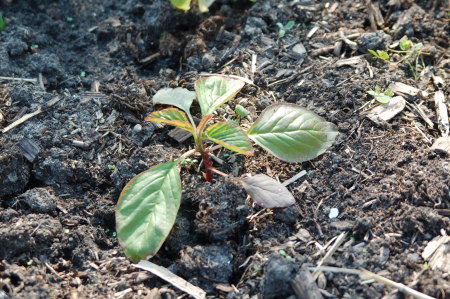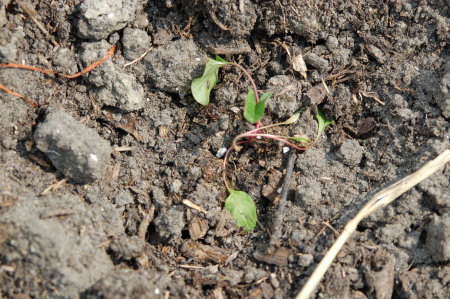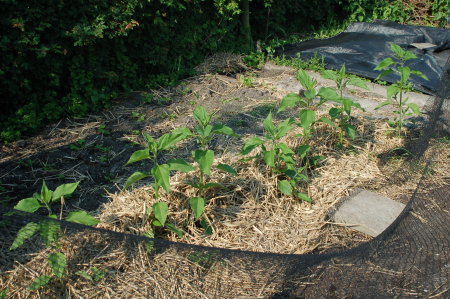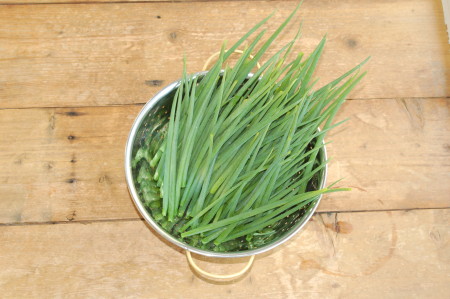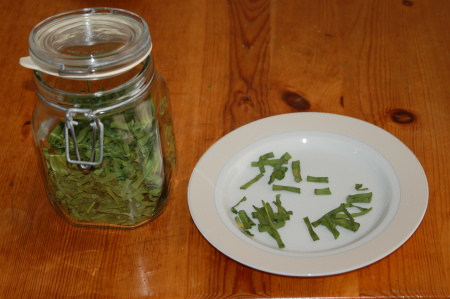According to police in the Netherlands, the three most popular export products are:
- Cucumbers
- Tomatoes
- Marijuana
Dutch marijuana is reportedly flooding international markets, and displacing products from other countries such as Morocco, Lebanon and Pakistan.
For decades now the sale, use and possession of small amounts of marijuana has been allowed in the Netherlands, and in recent years the growing of marijuana has also been increasingly allowed. For personal consumption, the growing of five plants per adult living in the same household is currently permitted. There has also been a degree of laxness when it came to enforcing the law in larger growing operations.
The situation has now changed, and the police are currently closing down about 15 growing operations per day.
It’s Different
The marijuana that’s being produced in the Netherlands now is different from anything that’s ever existed before. I know we’ve all heard this before, the warnings that marijuana is getting stronger and becoming less safe, but it’s really important to understand this time is different.
For a number of years now, a lot of attention has been paid to breeding new cannabis plant varieties in the Netherlands. A lot of money has gone into it, and big name plant science laboratories have become involved. The approach has been the same as with other food crops, trying to develop marketable varieties.
Most of the new super varieties are F1 hybrids, and they are patented!
The emphasis has been on strength, because to have a patented product that is the strongest means you will control the market. After all, if you are a marijuana consumer (or wholesaler or distributor) offered a choice between a stronger or weaker product, the natural thing to do is choose the stronger one.
The Problems
Besides the underlying commercial greed that goes into this sort of plant research, the most immediate problem with current varieties seems to be the balance between two chemicals THC (Tetrahydrocannabinol) and CBD (Cannabidiol).
The strength of marijuana is normally measured by it’s THC content, and this appears to be the focus of the research on the new varieties. Unfortunately, this appears to be at the expense of the CBD content, which is lower in the new varieties.
The THC is what makes you ‘high’. The CBD on the other hand makes you more relaxed, reduces paranoia, and most users report a higher CBD content makes the high more pleasant.
The true importance of a good balance between THC and CBD is only recently coming to light.
The local media has been full of stories recently of dramatic increases in the levels of mental illness and psychosis associated with the use of these new super varieties. Police have associated an increase in crime as well.
Discussions have been taking place in both the Netherlands and the UK as to if the laws need to be changed in order to protect users from these new plant varieties. As is usual with this type of situation, a clear link is not being made with the new commercial varieties, but rather with marijuana in general.
It seems very unlikely that any government is prepared to only ban the commercial varieties of a particular product, while continuing to allow the non-commercial variant. It seems unlikely any government will take the necessary steps to provide the necessary quality control in this situation.
If you are a consumer, you should be looking for other sources besides Holland!
Perhaps if you are a consumer of Dutch cucumbers or tomatoes you should also be looking for other sources, but I think this is a topic for another post…

